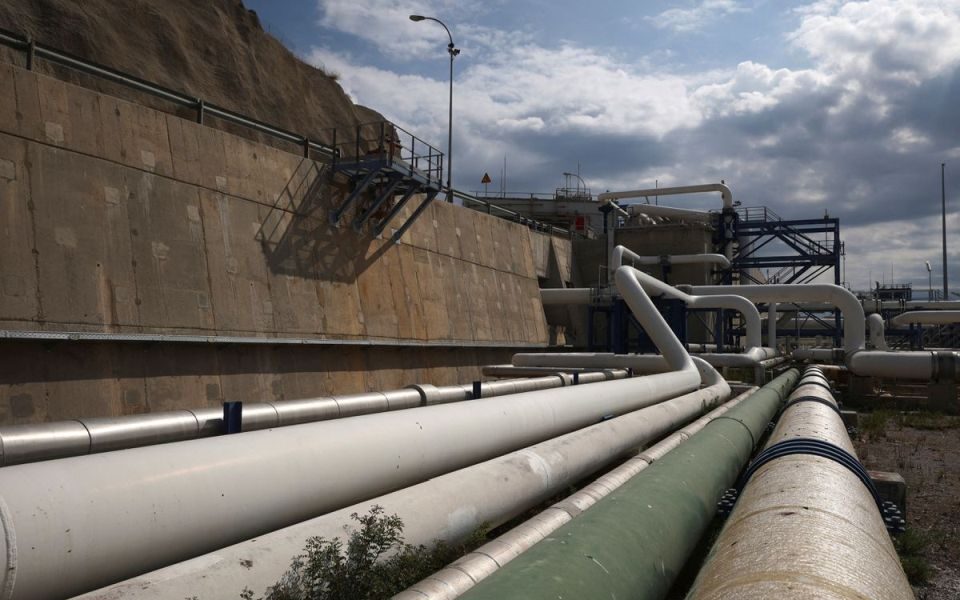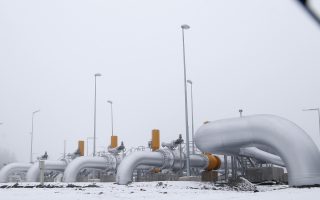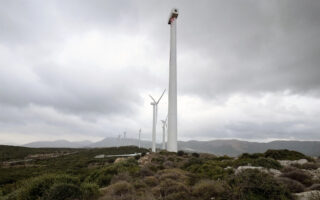Who should cut gas use first?

Greek industries that are able to operate on alternative fuel will be the first to be asked to reduce their natural gas consumption in the event that the mandatory 15% reduction measure is activated, as provided by the European regulation for dealing with supply disruption situations.
At the opposite end are industries linked to the public health, safety, defense and environmental sectors. This category of businesses will be the last to be asked to implement the mandatory reduction measure, based on the prioritization of a total of eight groups of enterprises by the Regulatory Authority for Energy (RAE) out of a total of 104 sectors that requested an exemption from the mandatory 15% cut.
Sitting low in the hierarchy (in the seventh or penultimate group) are those industries to which a 15% reduction of consumption would serious disrupt their re-operation.
The classification of the sectors was approved on Friday by the plenary of RAE and the eight lists are expected to be made public on Monday. However, the chances of activating the measure this current winter season are extremely limited, as the mild weather has thankfully limited consumption and allowed for natural gas stocks to be kept high in European countries.
Having already passed the fifth month of the critical period for the implementation of the measure, Greece appears to have exceeded the 15% target. In the first five months of the eight-month period, natural gas consumption in the domestic market, according to Green Tank data, decreased by 30.8% compared to the same period in 2021. Also, the cumulative consumption of the August-December five-month period was 4.55 terawatt-hours lower than the average of the same five months of the preceding five-year period (2017-2021) and resulted mainly from the drastic reduction of gas use in industries (-2.2 TWh) that turned to alternative fuels due to high prices and electricity generation (-1.6 TWh).
Notably, the share of natural gas in the electricity generation mix in 2022 increased by 1%: It reached 43%, compared to 42% in 2021.





